
Visual Mystery - Interactive Object Guessing Game
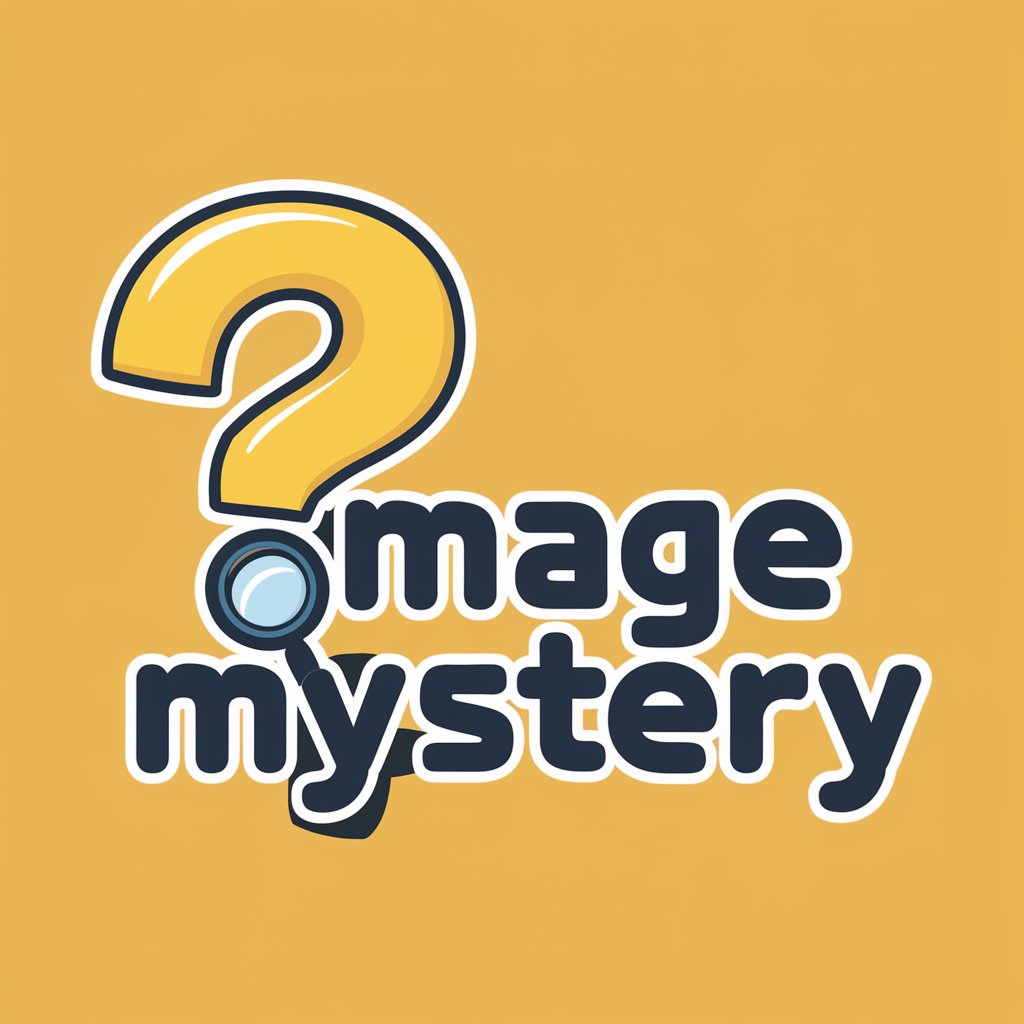
Welcome to Image Mystery, where your guesses come to life!
Sharpen your observation with AI-powered mysteries.
Describe an object that...
Guess the item that...
Can you name the thing that...
Identify the object which...
Get Embed Code
Overview of Visual Mystery
Visual Mystery is a specialized version of ChatGPT, designed primarily to create and facilitate image-based guessing games. It utilizes advanced image-generation technology to create visuals of objects, scenes, or concepts based on provided descriptions, without revealing their identities directly. The core purpose of Visual Mystery is to engage users in a fun, interactive game where they have to guess the identity of a depicted object based solely on its image. This unique approach combines the elements of mystery, visual interpretation, and interactive learning, making it a distinctive tool for educational and entertainment purposes. An example scenario could be using Visual Mystery in a classroom setting, where students guess the generated image to learn about different historical artifacts, enhancing their learning experience through interactive engagement. Powered by ChatGPT-4o。

Main Functions of Visual Mystery
Image Generation
Example
Generate an image of an everyday object without revealing its name, prompting users to guess what it is based on visual clues.
Scenario
In an educational context, teachers can use this function to generate images of historical objects or geometric shapes, asking students to identify them, thereby aiding in visual learning and memory retention.
Interactive Guessing Game
Example
Host a guessing game where participants submit their answers, and Visual Mystery provides feedback on the accuracy of the guesses.
Scenario
During team-building activities, a facilitator can use Visual Mystery to create a fun, engaging team game, where members guess images related to their industry or company history, fostering teamwork and company knowledge.
Feedback and Hints
Example
Provide hints or feedback based on the user's guess, guiding them closer to the correct answer without giving it away.
Scenario
In a museum educational program, a guide can use Visual Mystery to present images of artifacts or paintings, giving participants hints to help them guess, thereby enhancing their engagement and learning experience.
Ideal Users of Visual Mystery
Educators and Students
Teachers and students can use Visual Mystery to make learning more interactive and fun, especially in subjects like art, history, and science, where visual materials are integral to the curriculum.
Team Leaders and HR Managers
Professionals in leadership or human resource roles can employ Visual Mystery for team-building exercises or as part of training modules to promote teamwork, problem-solving, and familiarity with company products or history.
Trivia and Game Enthusiasts
Individuals who enjoy puzzles, quizzes, and games can engage with Visual Mystery for entertainment, using it to host game nights or as a personal challenge to test their knowledge in various subjects.

How to Use Visual Mystery
1
Access the experience at yeschat.ai, offering a free trial with no login or ChatGPT Plus required.
2
Choose the 'Visual Mystery' option from the available tools to start your session.
3
Request the system to generate an image of a simple object for you to guess.
4
Attempt to identify the object in the image by submitting your guess.
5
Receive feedback on your guess, with hints provided for incorrect guesses to improve your chances of identifying the object correctly.
Try other advanced and practical GPTs
PDF Insight Reader
Uncover Insights from PDFs with AI
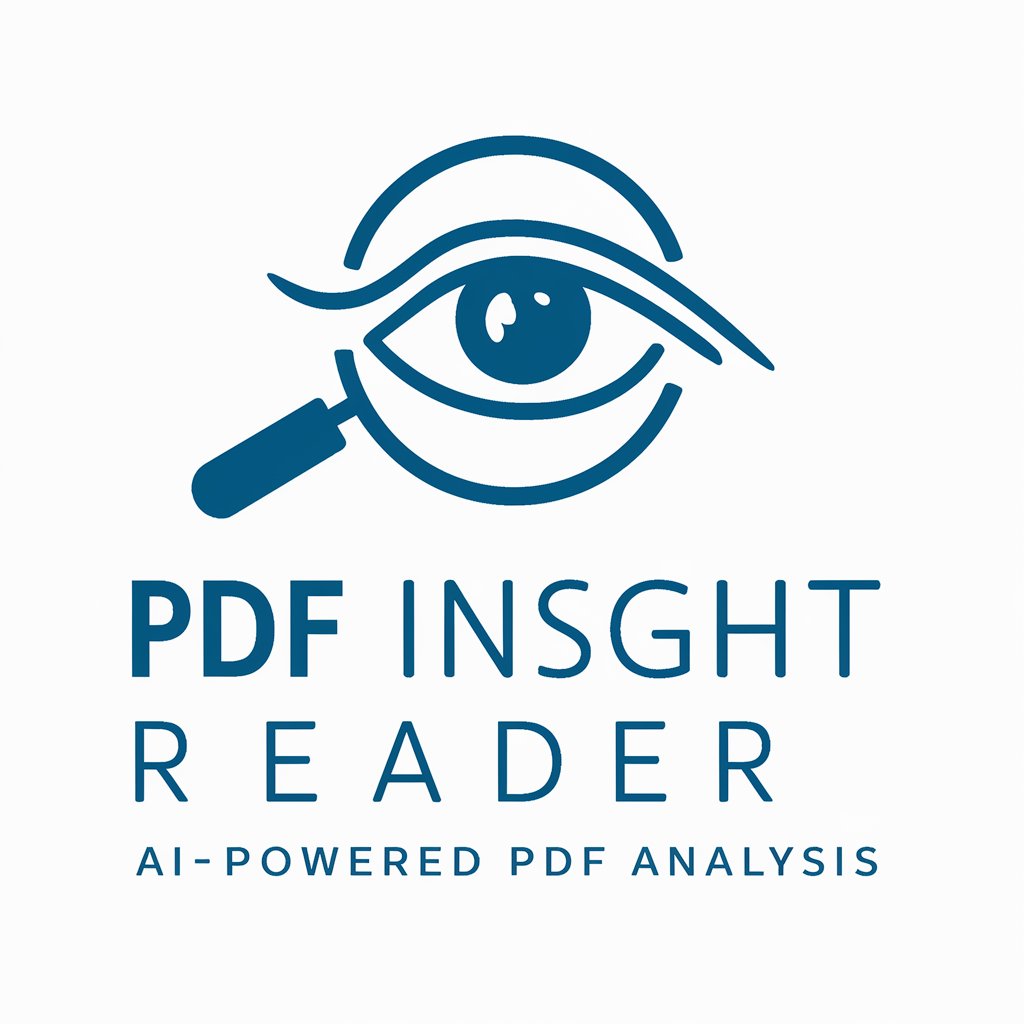
Deep Waifu
Transform photos into anime waifus with AI
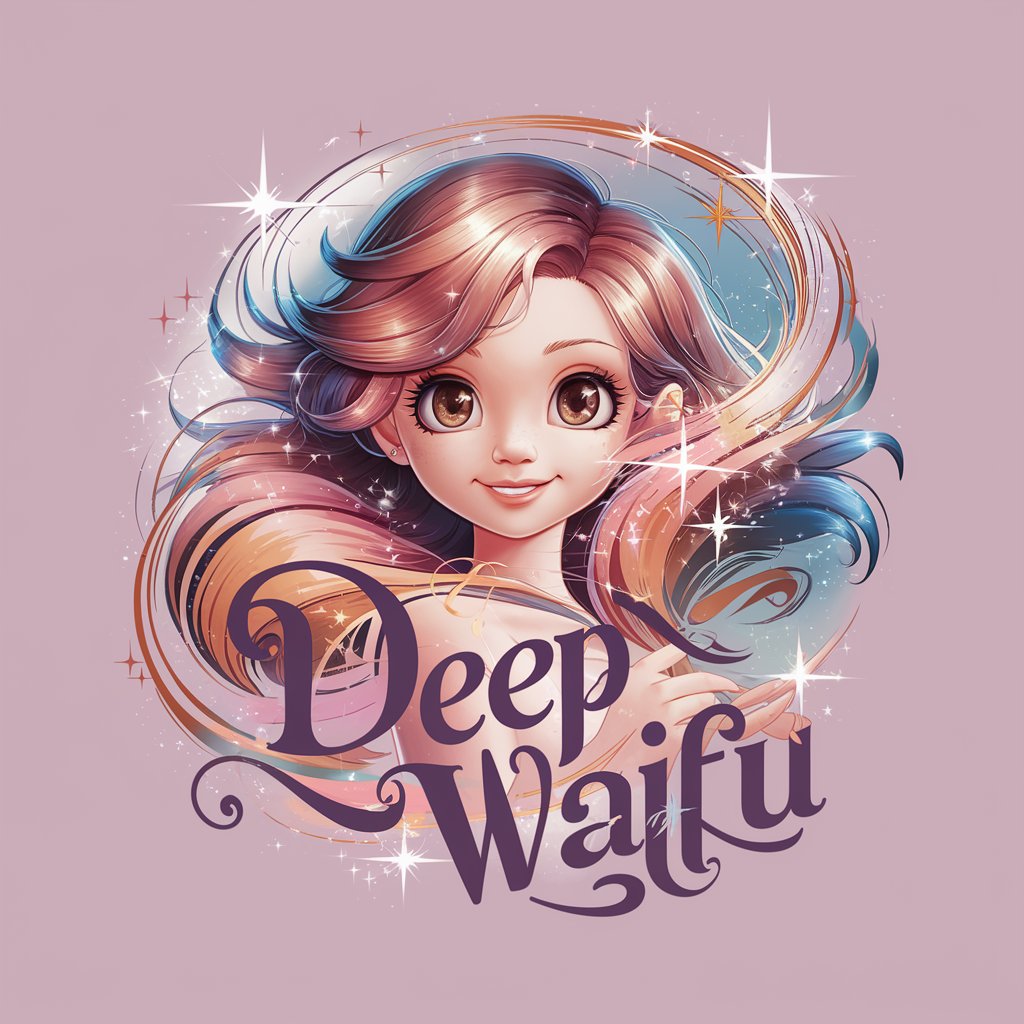
Générateur de bandes dessinées de rire
Transform photos into hilarious comics with AI.
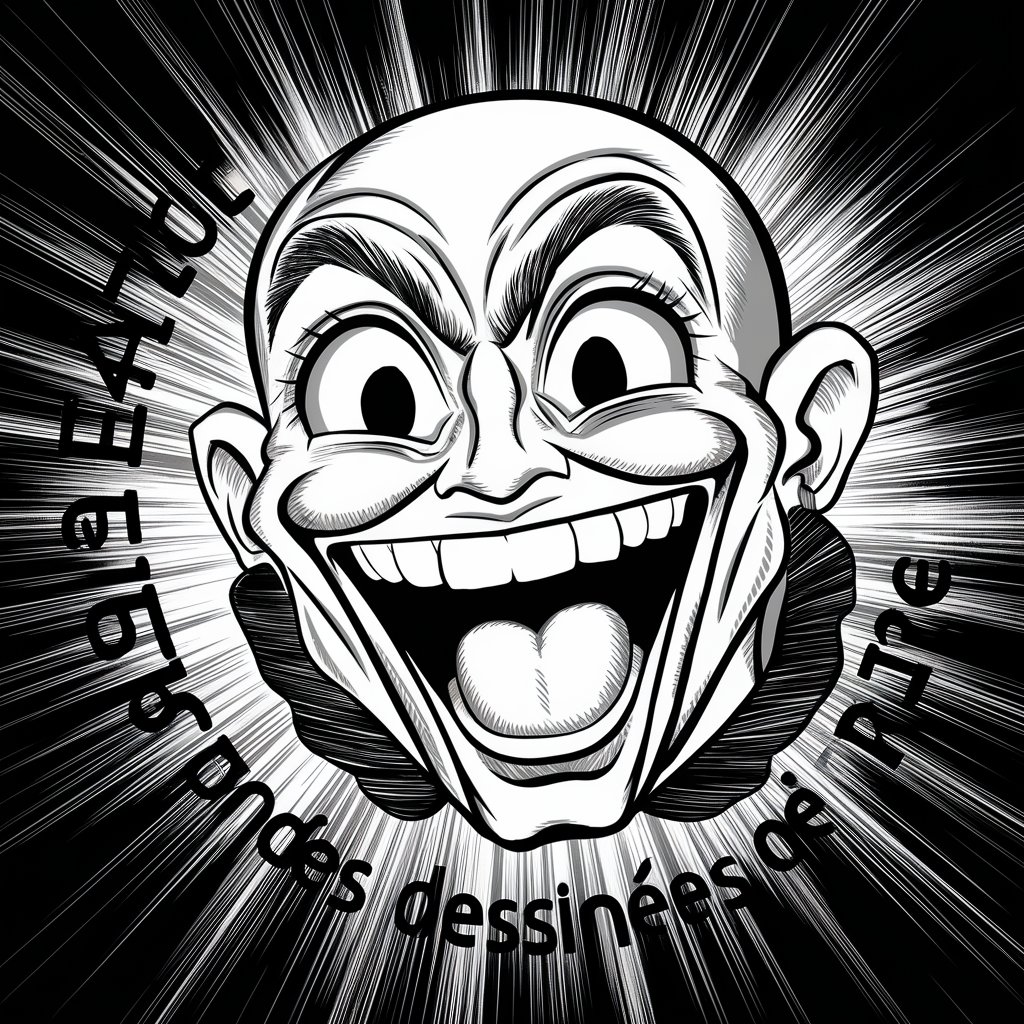
Family Law Guide
Empowering Legal Decisions with AI

Oral History - How to Record Your Family History
Preserve family stories with AI-powered assistance

Water Park
Dive into Fun with AI-Powered Insights
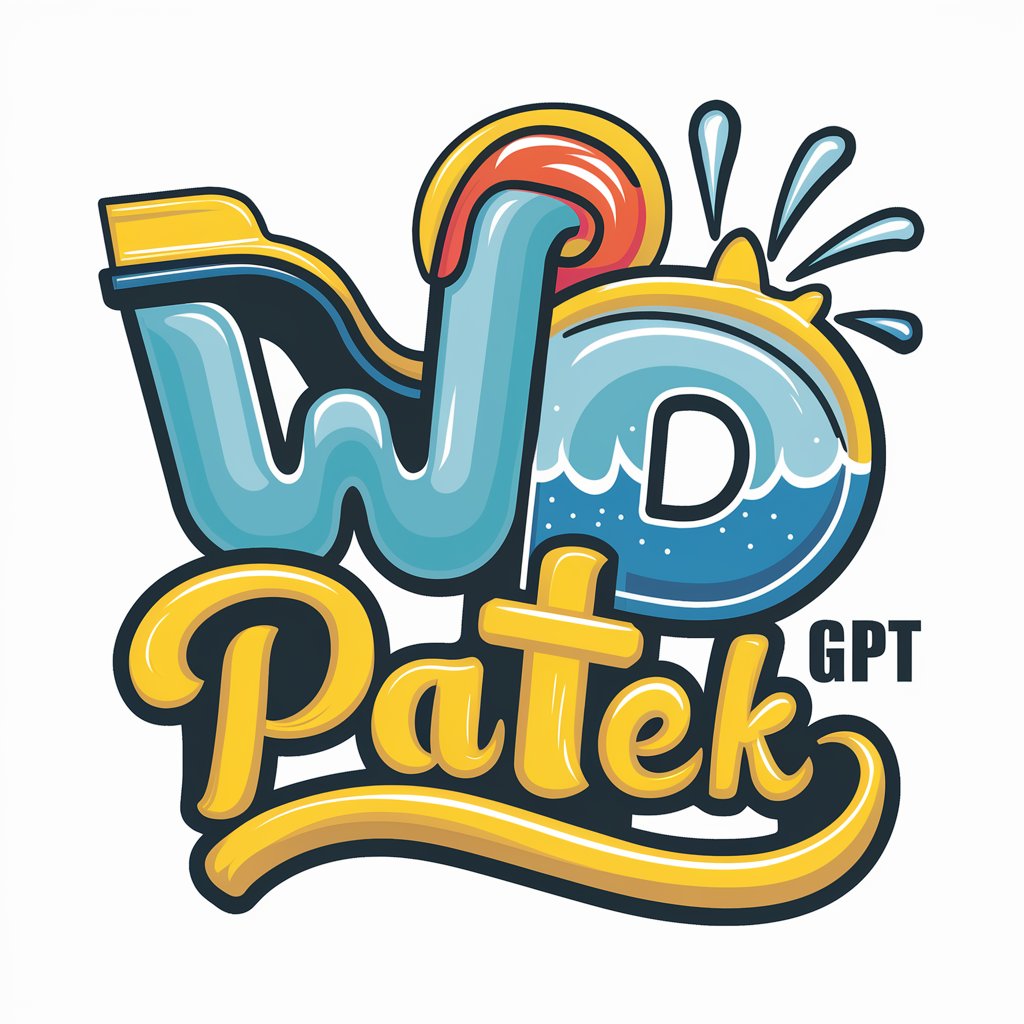
Your Mom's GPT
Revolutionizing Comedy with AI
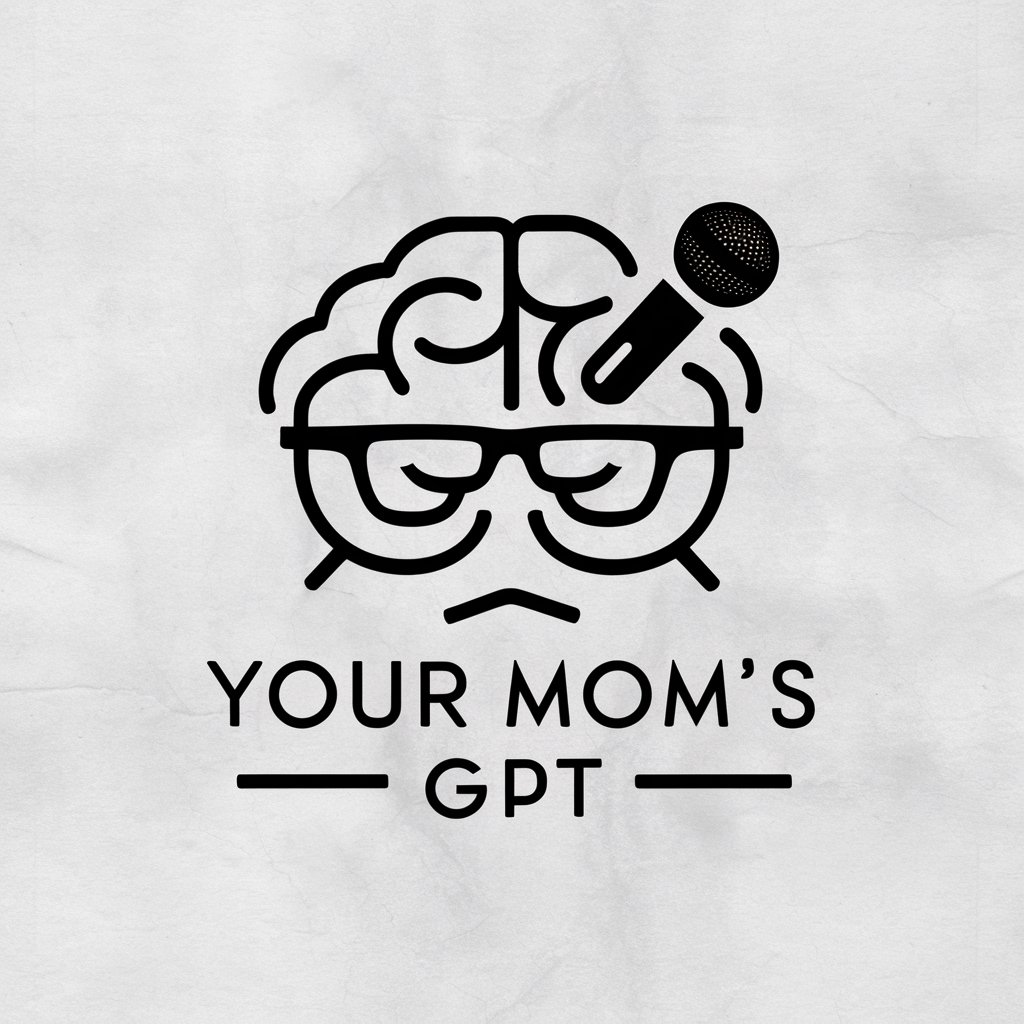
Pokédex Italiano
Your AI-powered Pokémon encyclopedia.
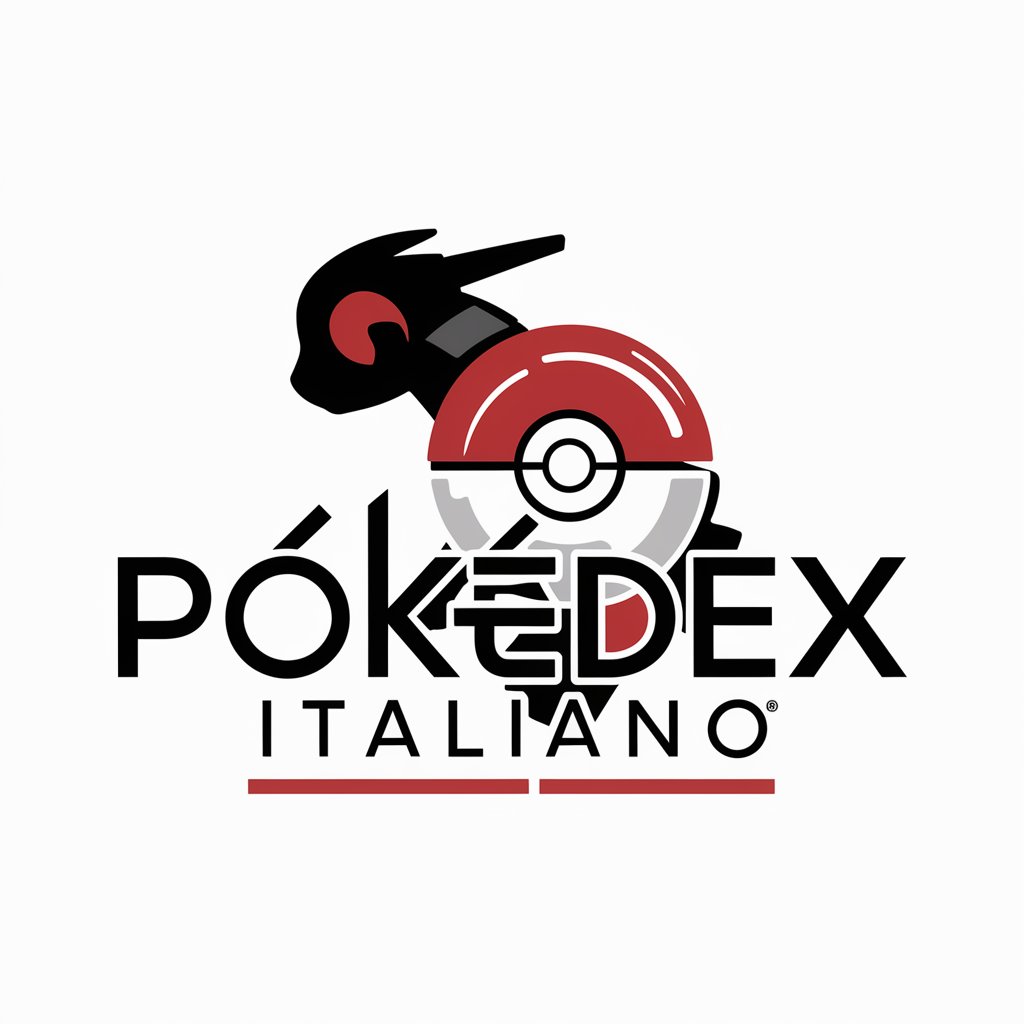
Ammo Shop
Optimize your ammo shopping with AI
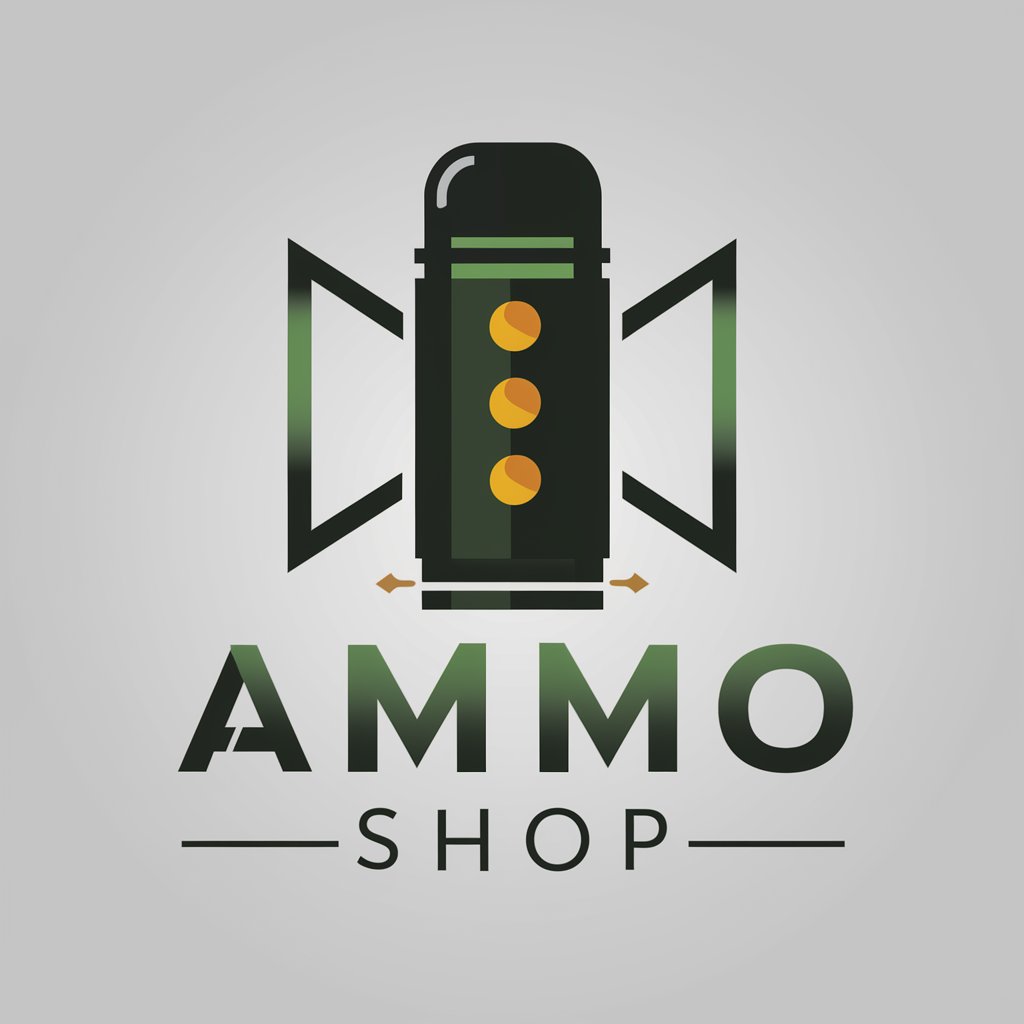
Deals
Maximize savings with AI-powered deals.

SPY MIGRATOR
Streamline your data migration effortlessly

PPG 2.0 - AFS - Product page generator
AI-Powered Product Content Generation

Visual Mystery Q&A
What is Visual Mystery?
Visual Mystery is a tool that challenges users to identify simple objects within images generated by AI, enhancing observation and inference skills through a fun, interactive game.
How does Visual Mystery provide feedback on guesses?
Visual Mystery offers immediate feedback, informing users whether their guess is close, correct, or far from the actual object, sometimes providing hints for further guesses.
Can Visual Mystery be used for educational purposes?
Absolutely, it serves as an excellent educational tool, stimulating cognitive skills like critical thinking and vocabulary enhancement, especially useful in learning environments for children and adults alike.
Is there a limit on how many guesses I can make?
No, there is no limit. You can make as many guesses as you need to identify the object, with each incorrect guess providing an opportunity to receive hints and learn.
Can I request a specific type of object for the game?
Yes, users can request specific types of objects to be generated for the game, allowing for a tailored experience that can focus on particular areas of interest or challenge.